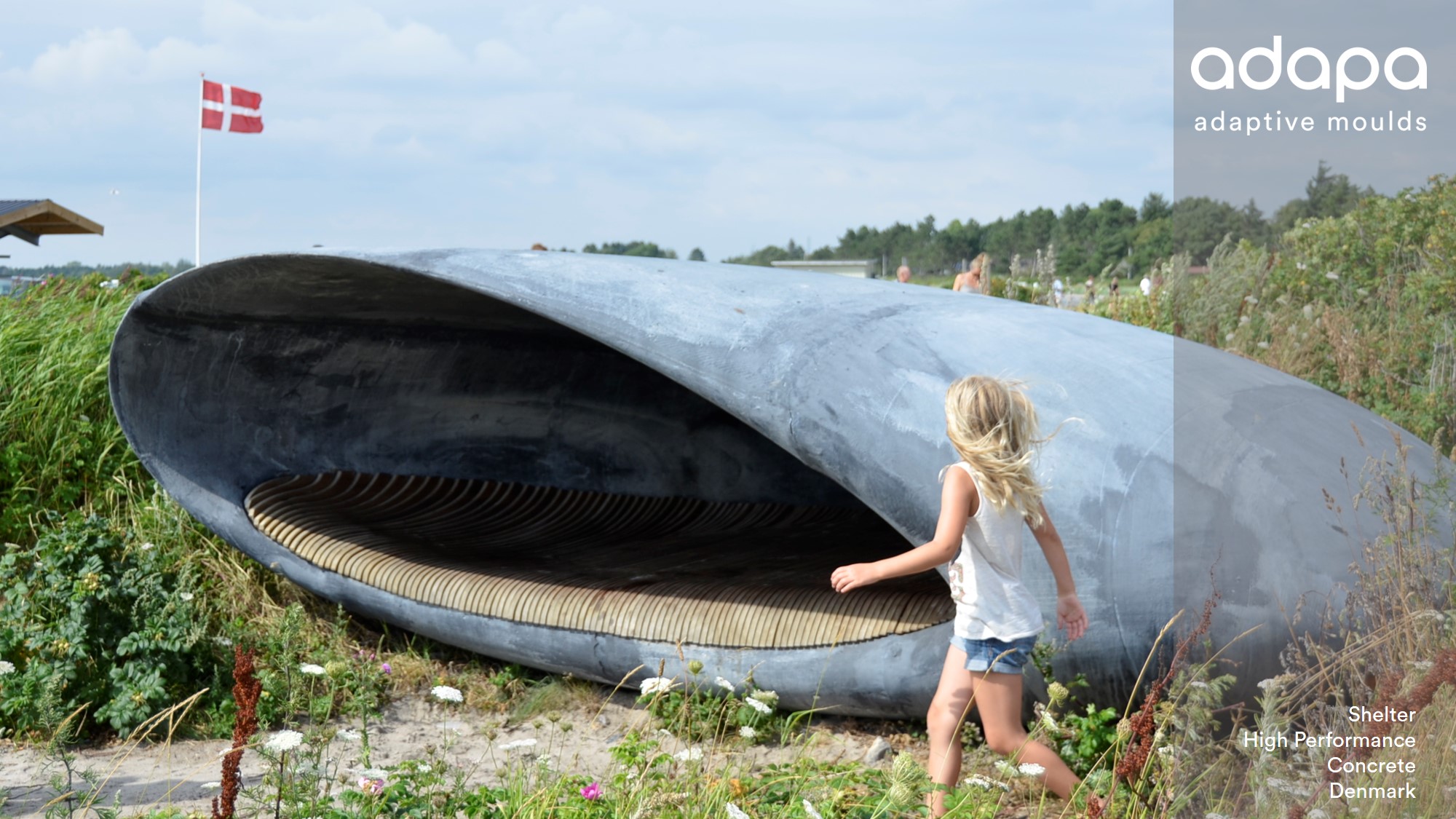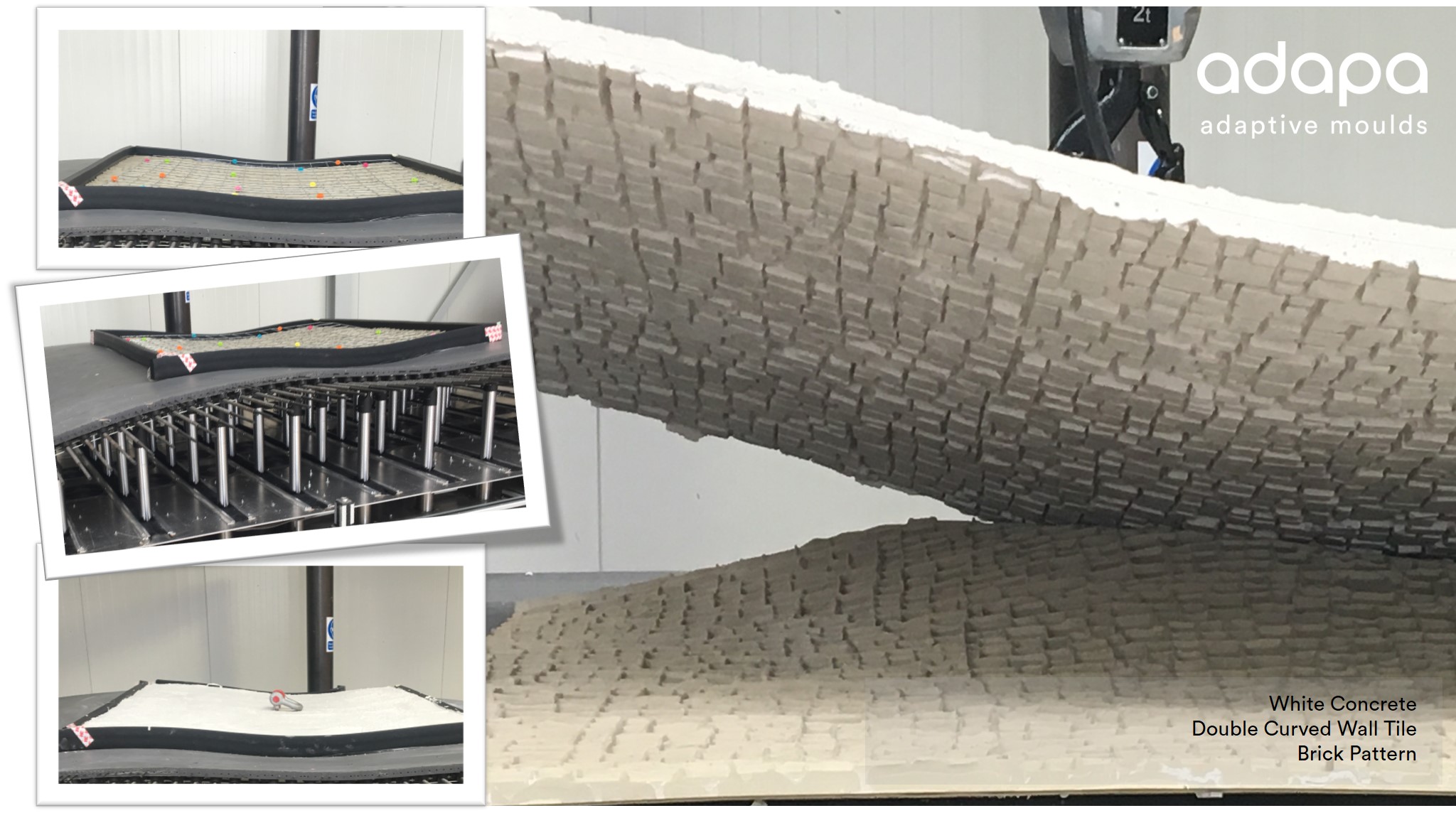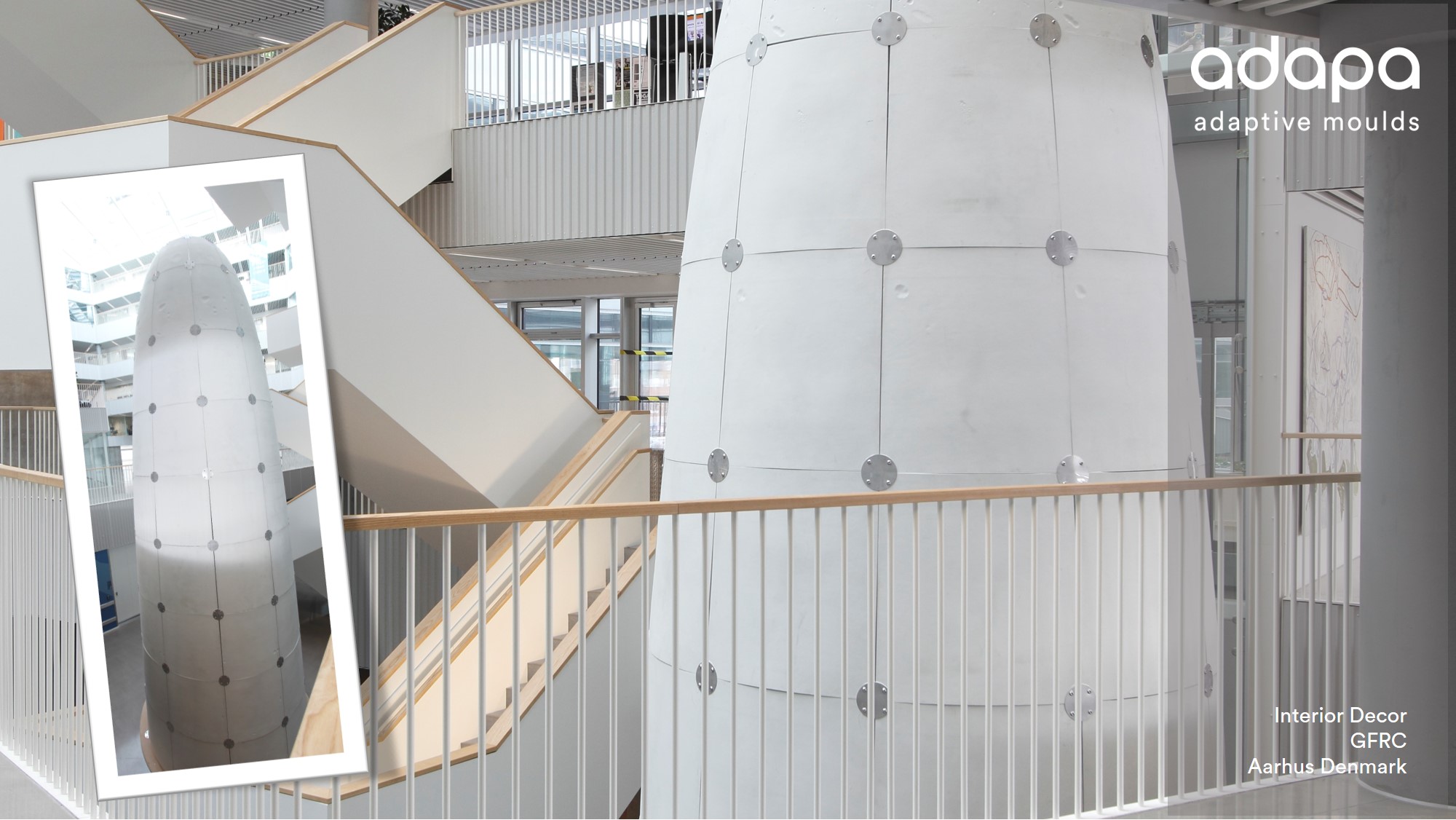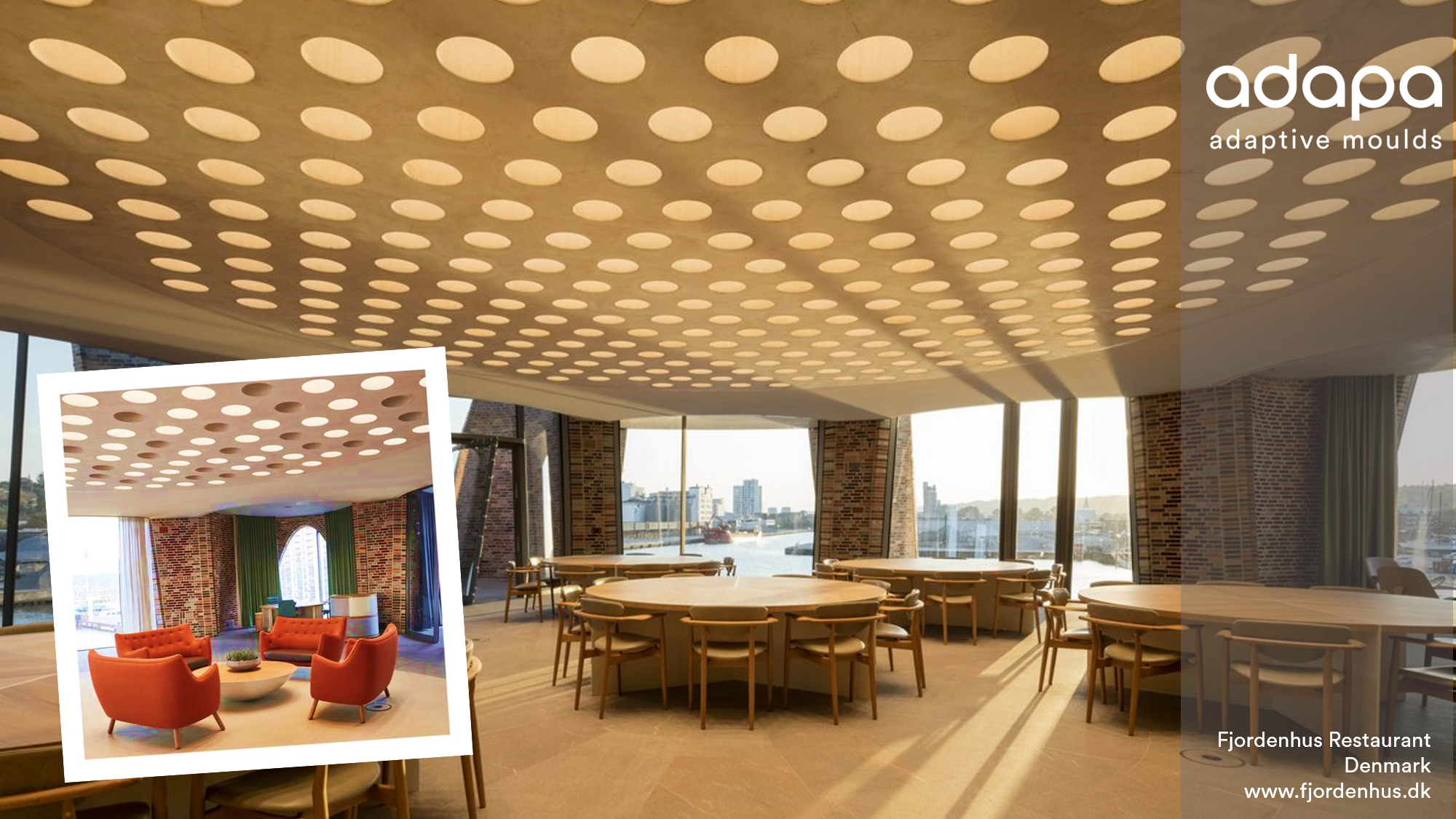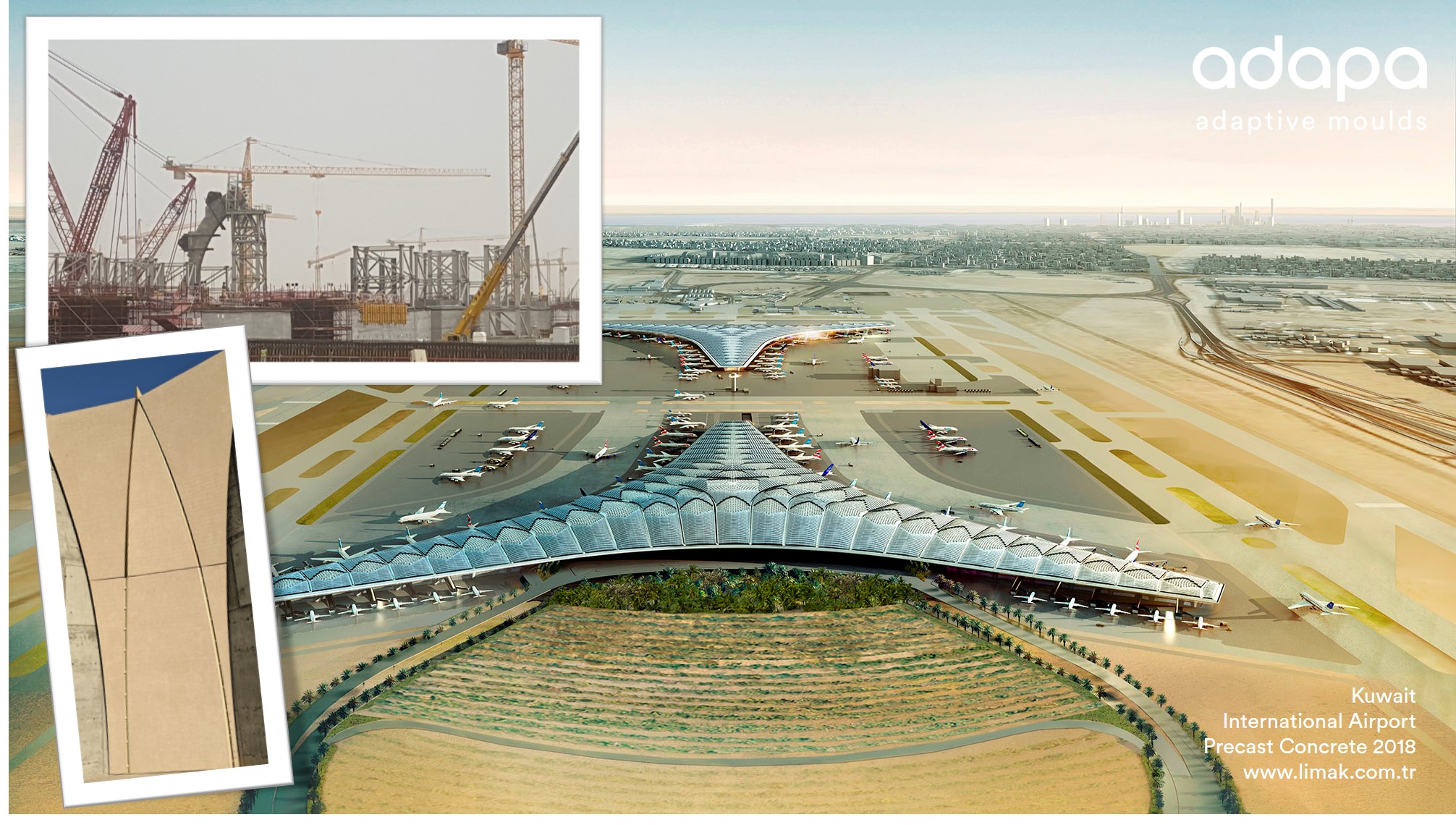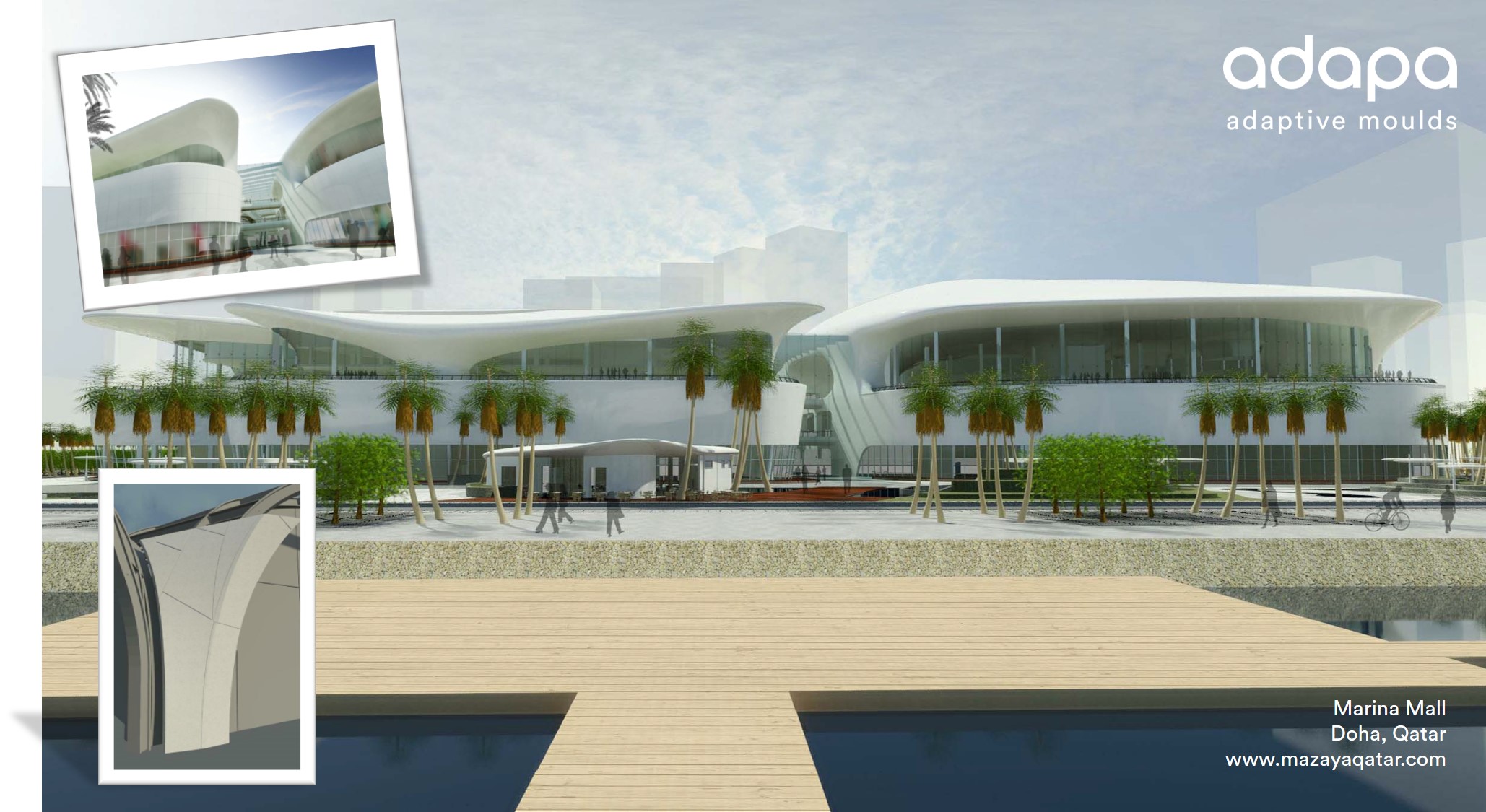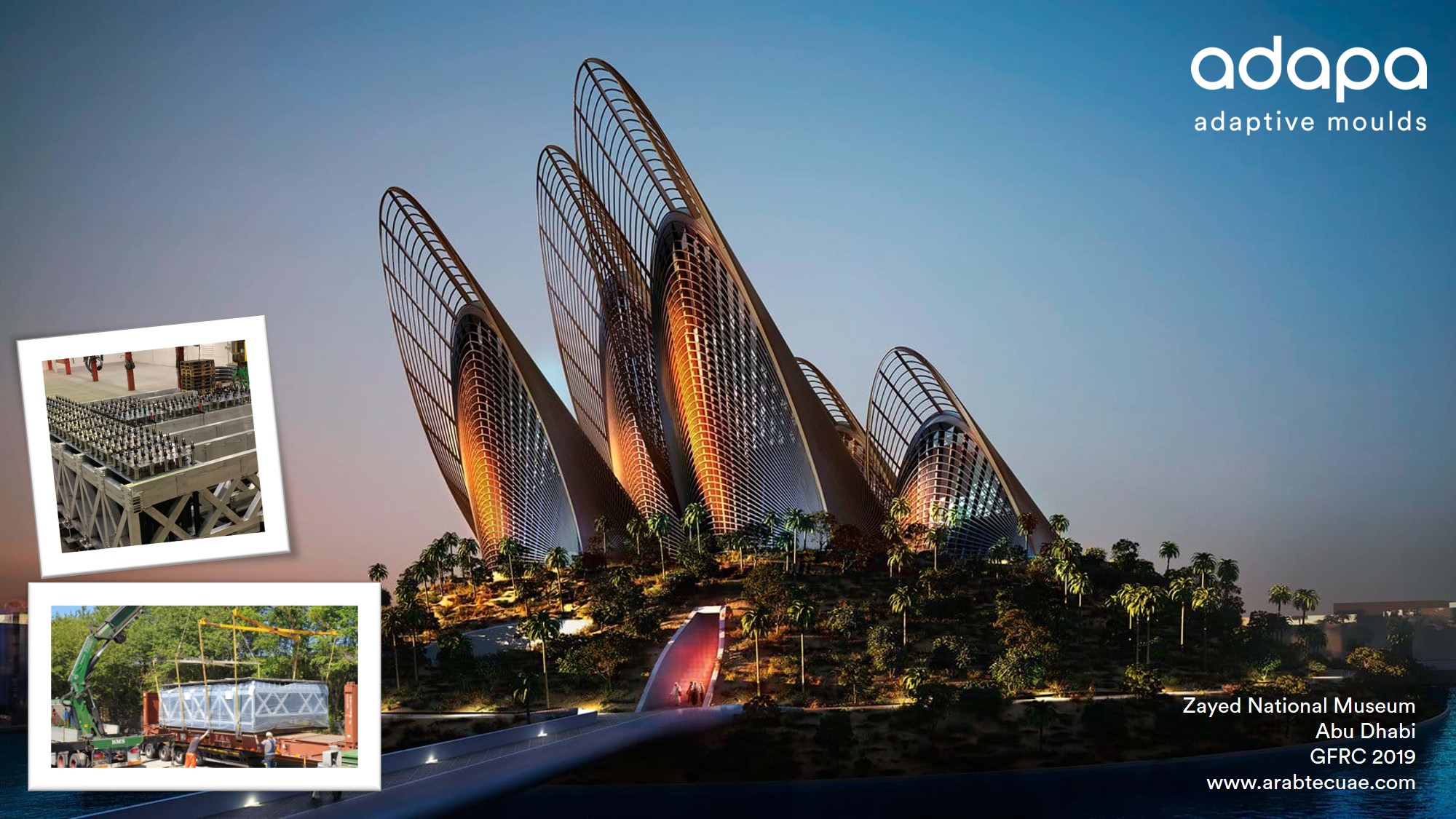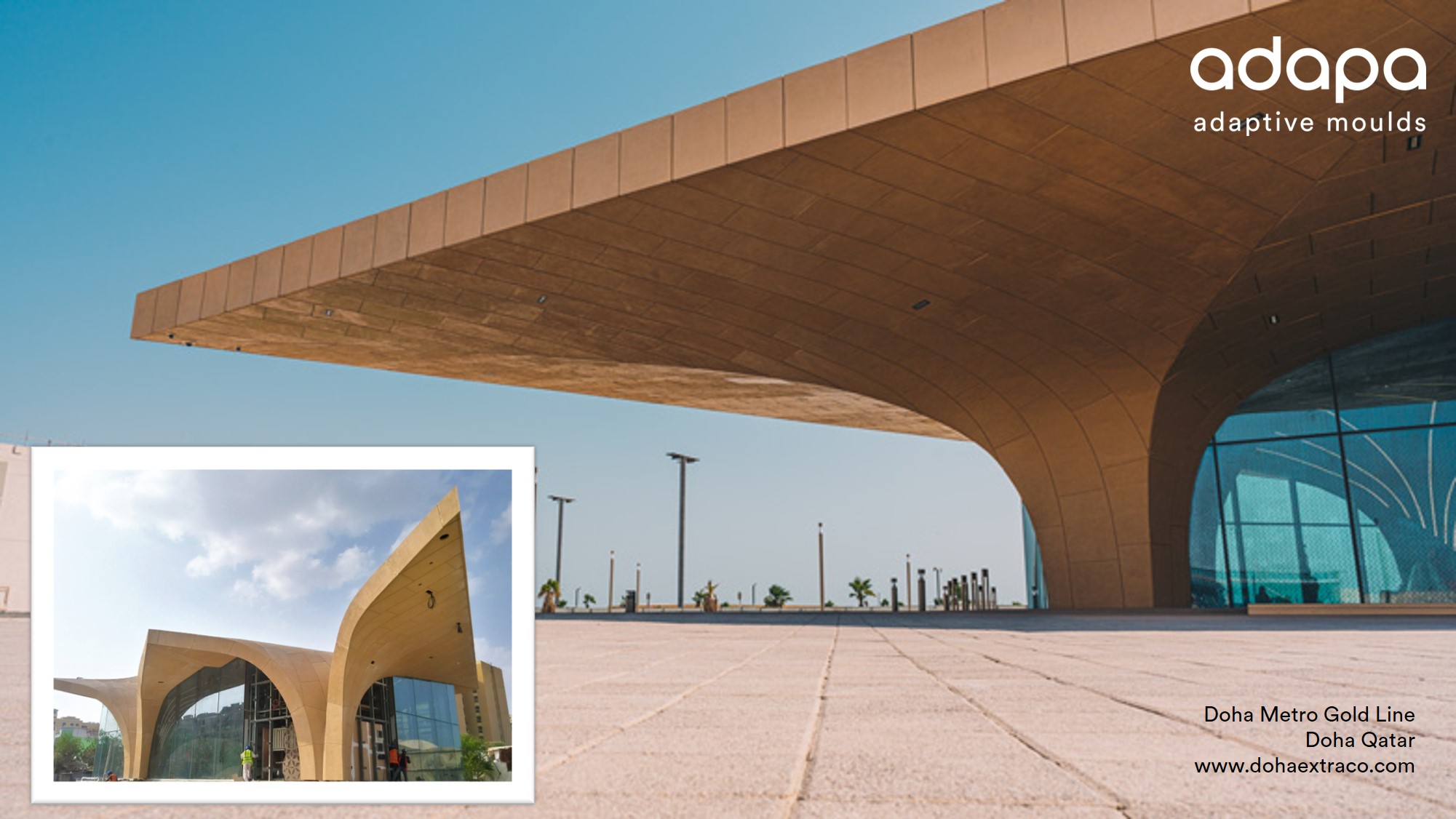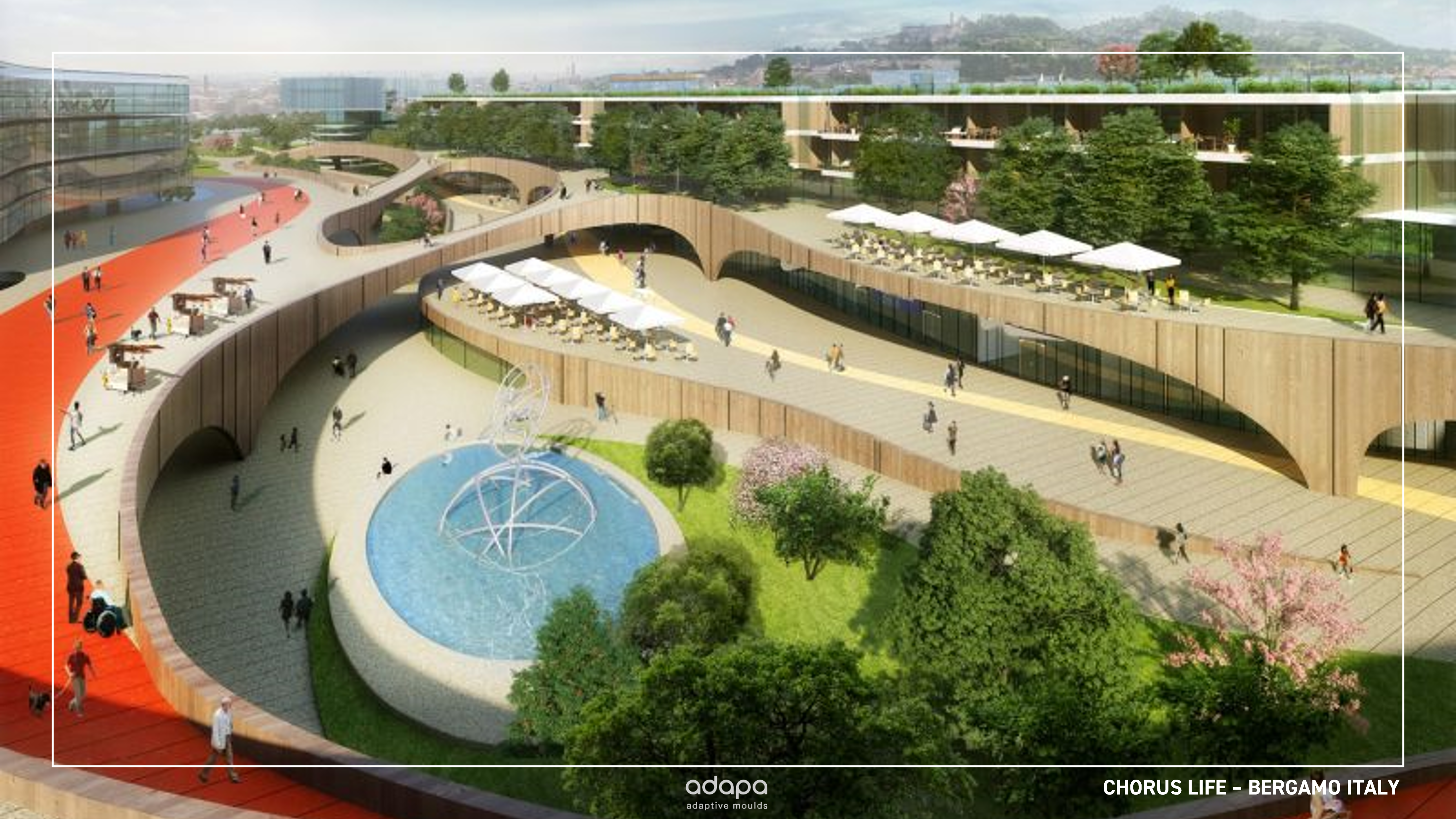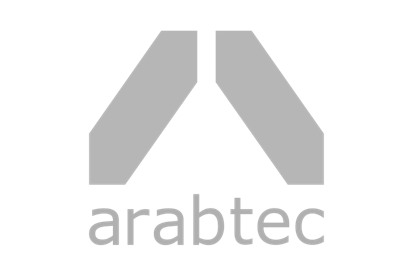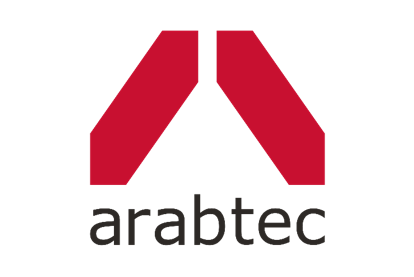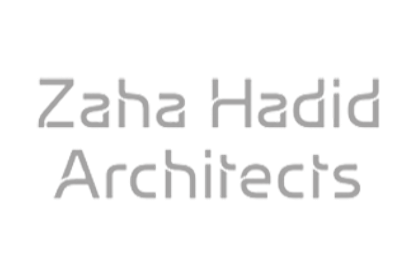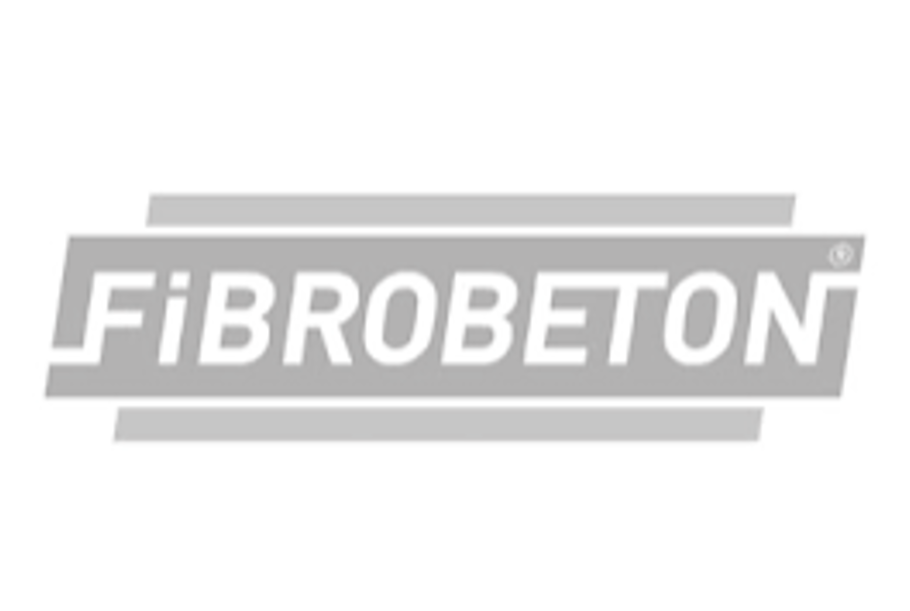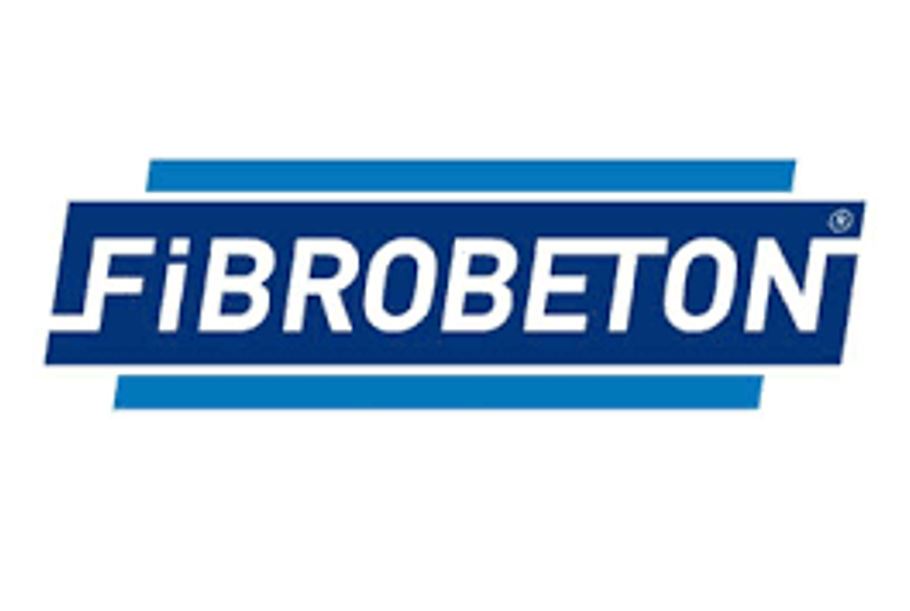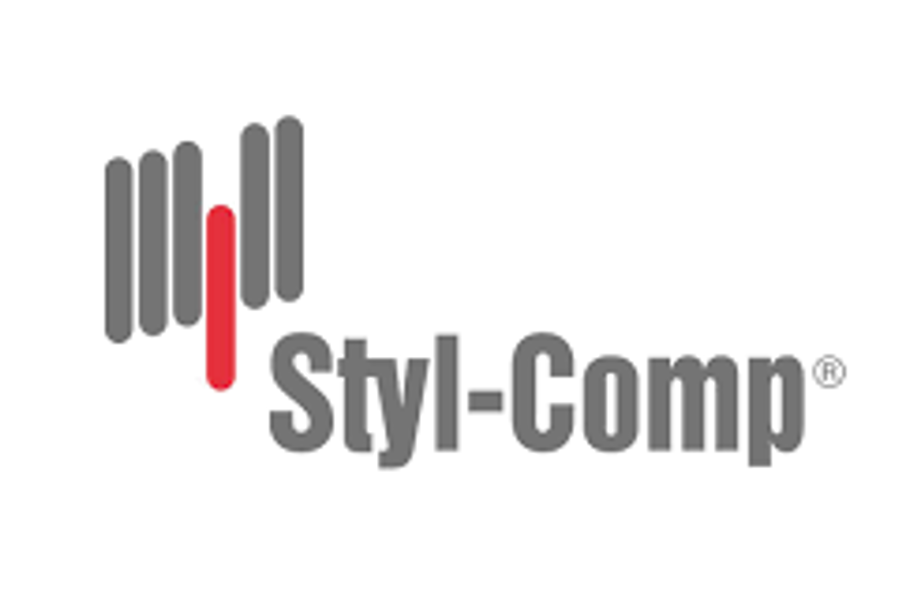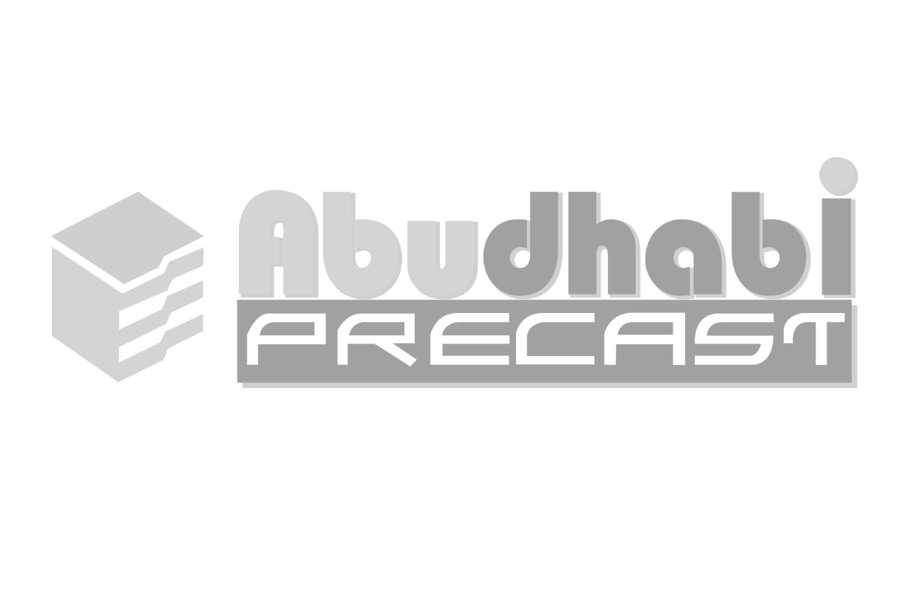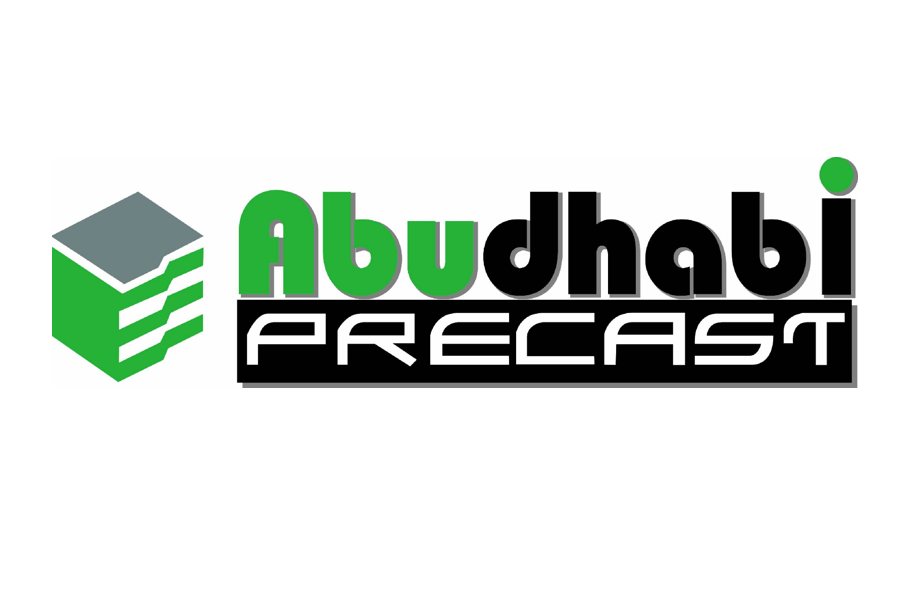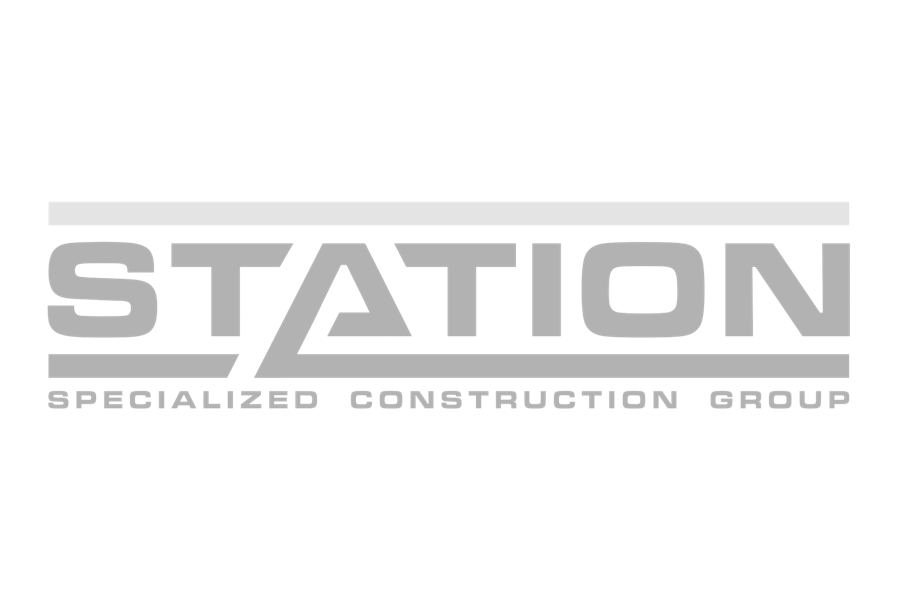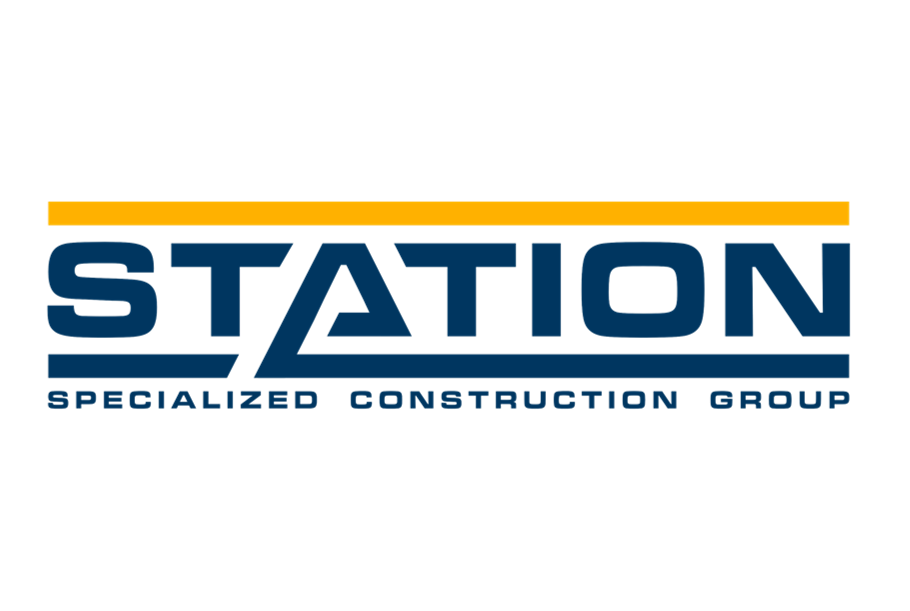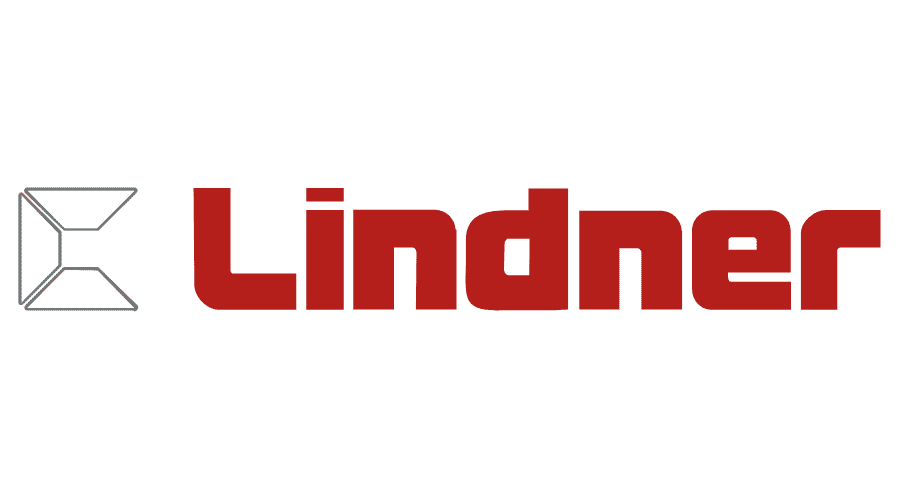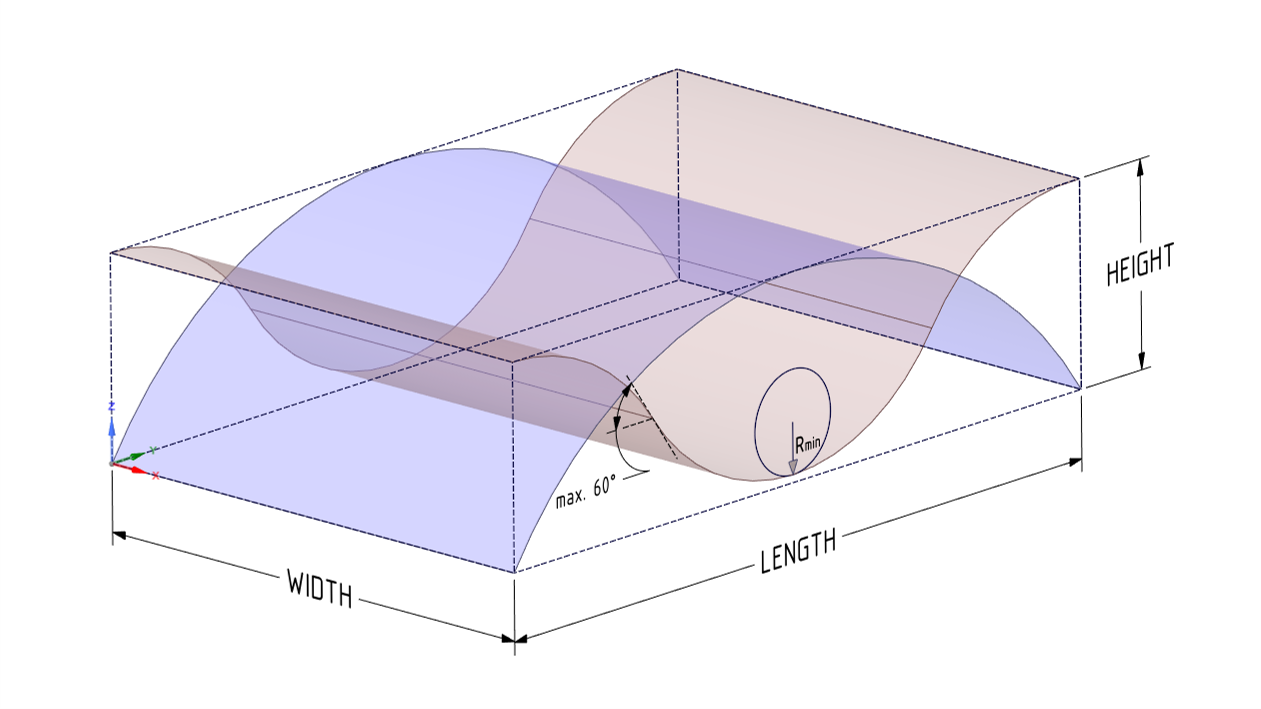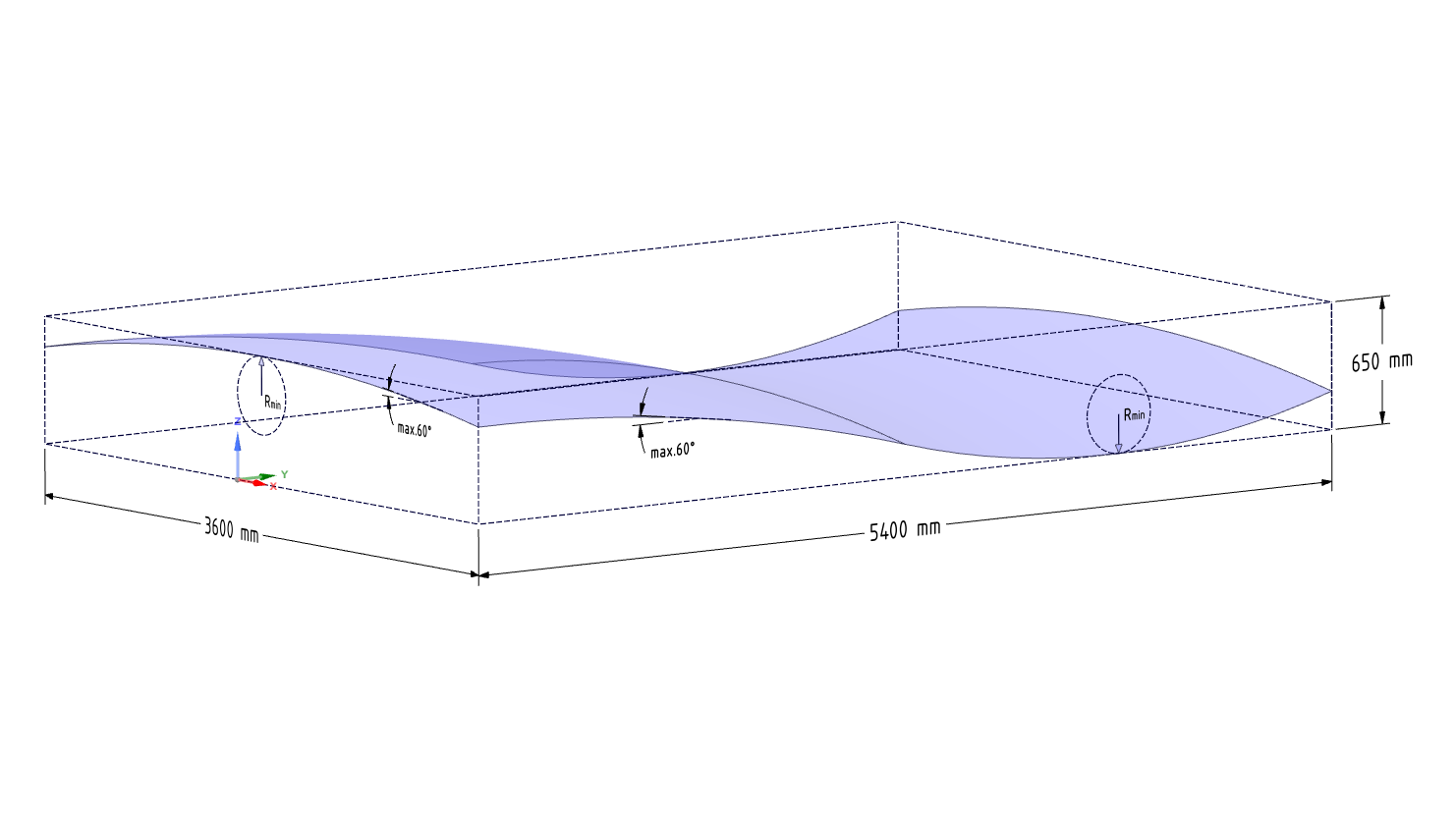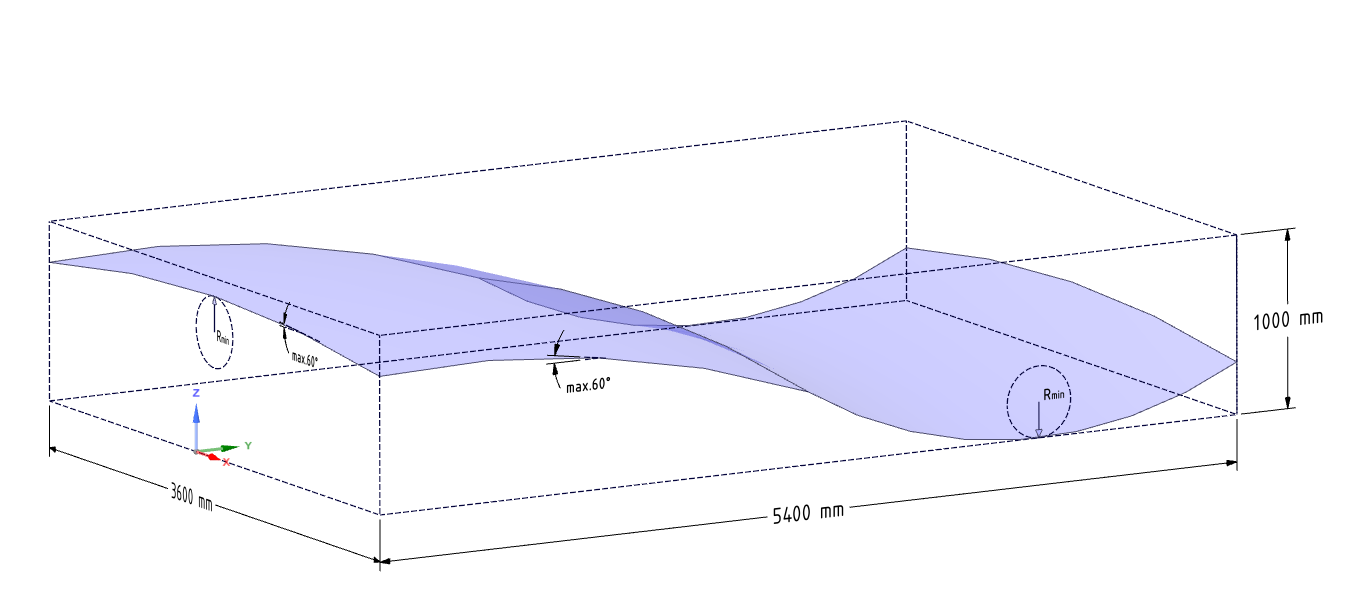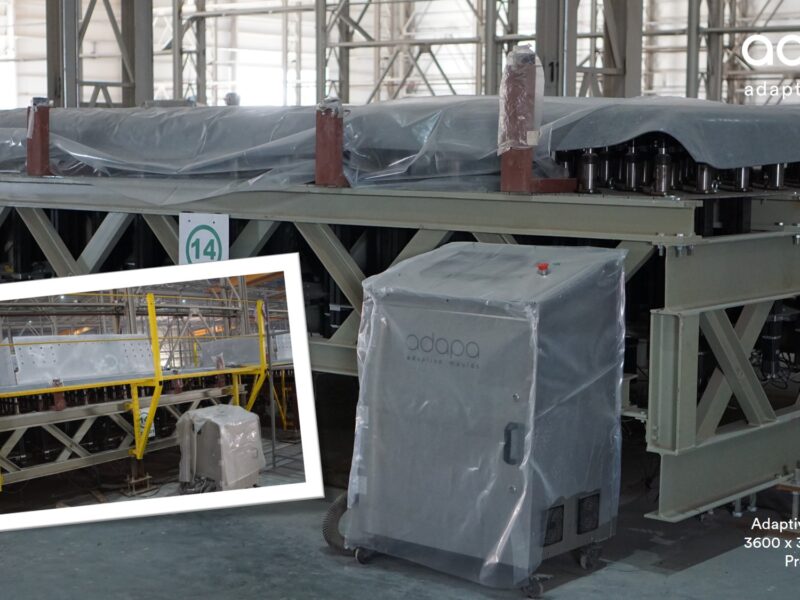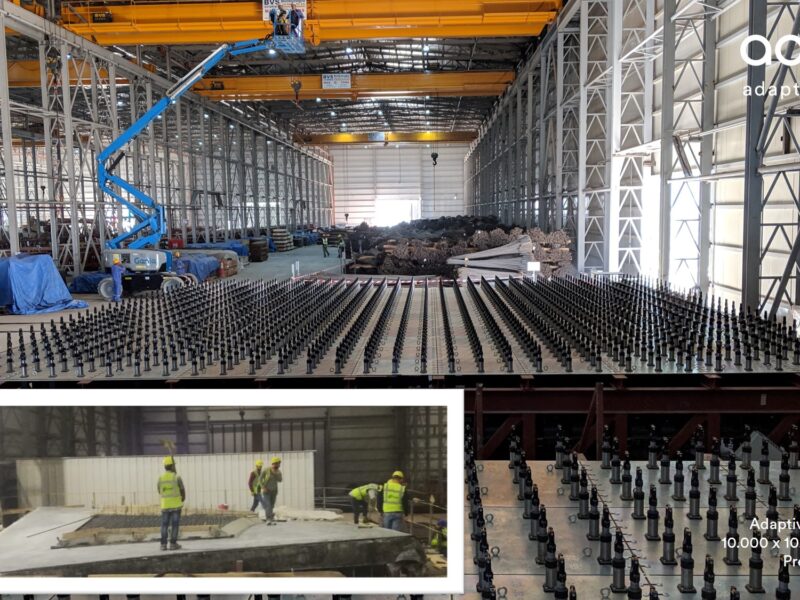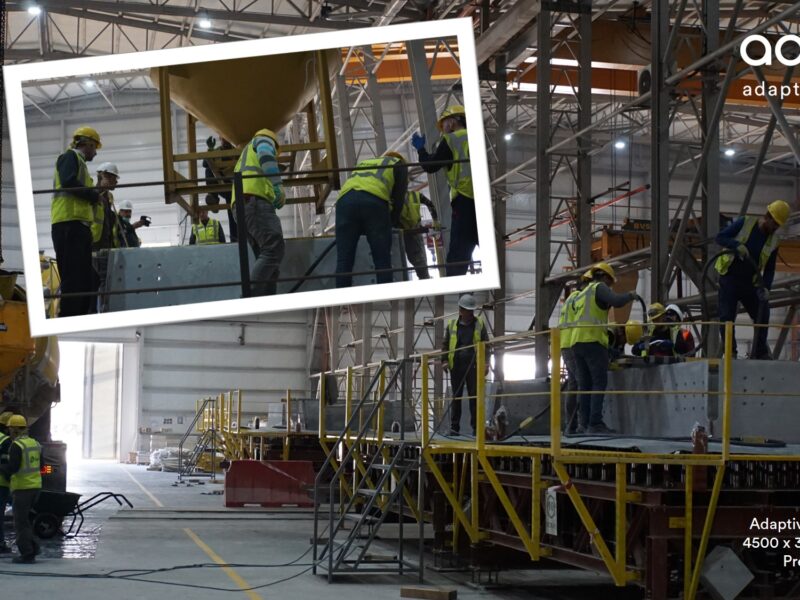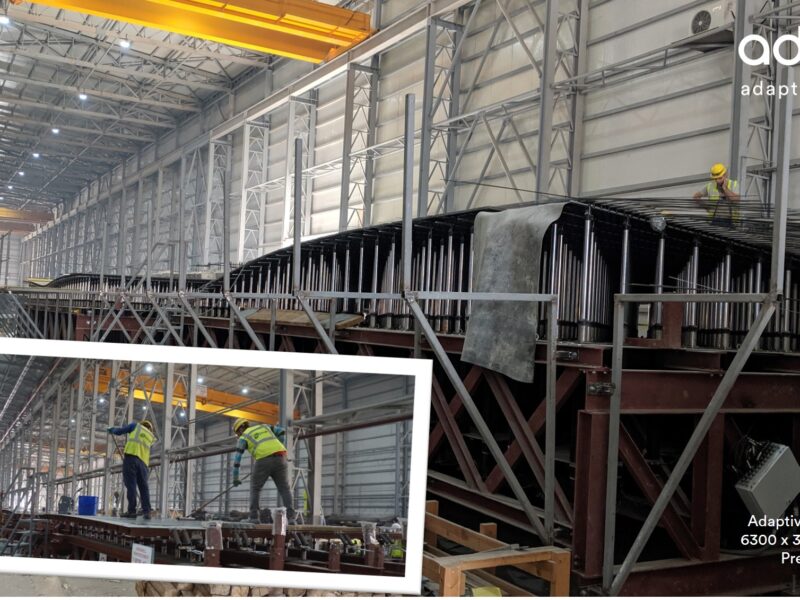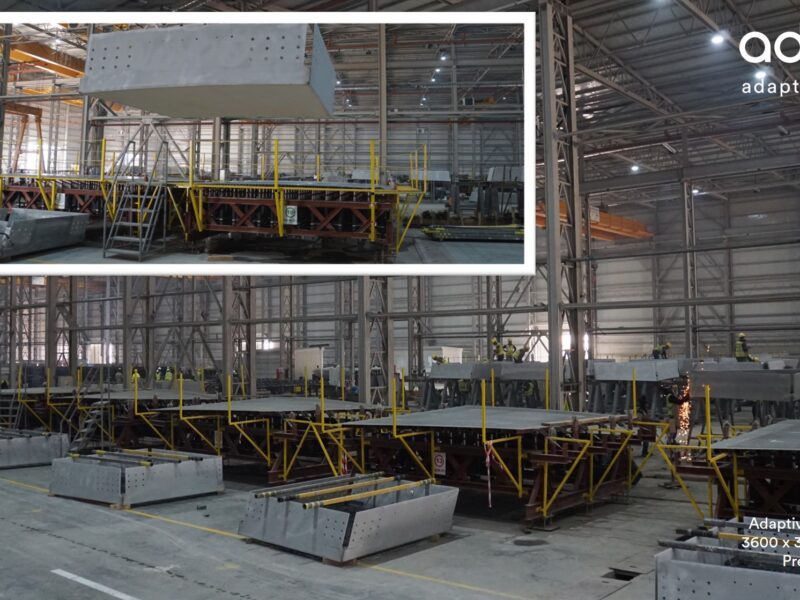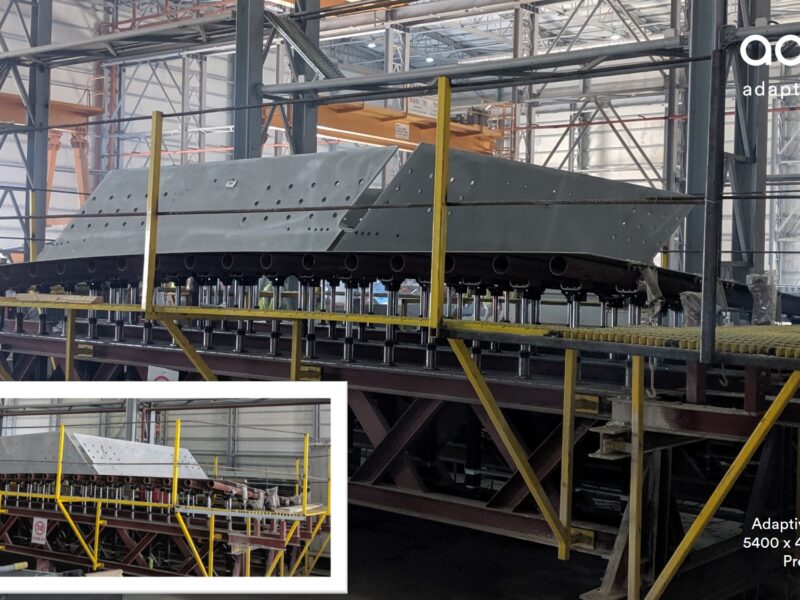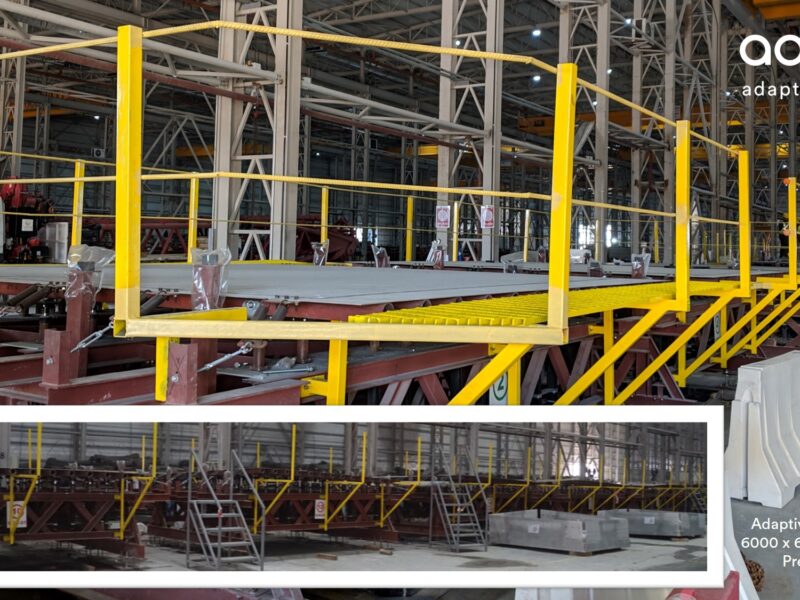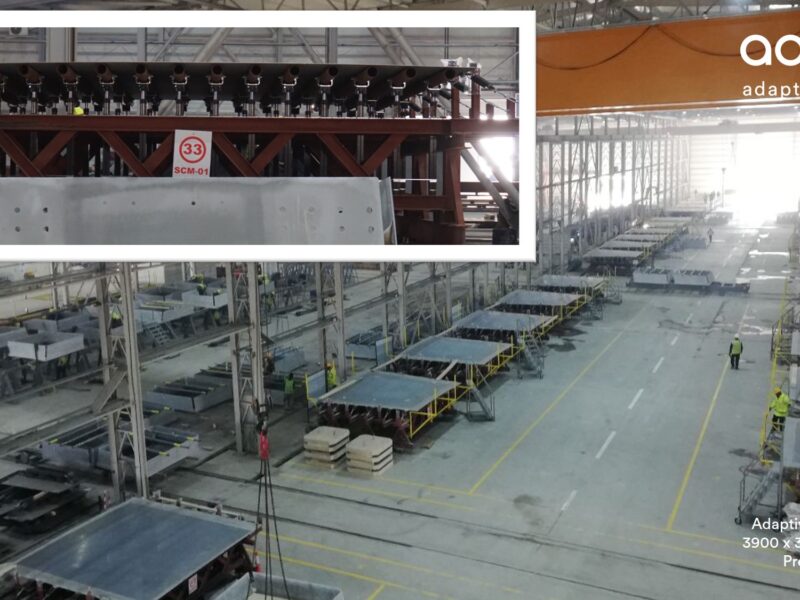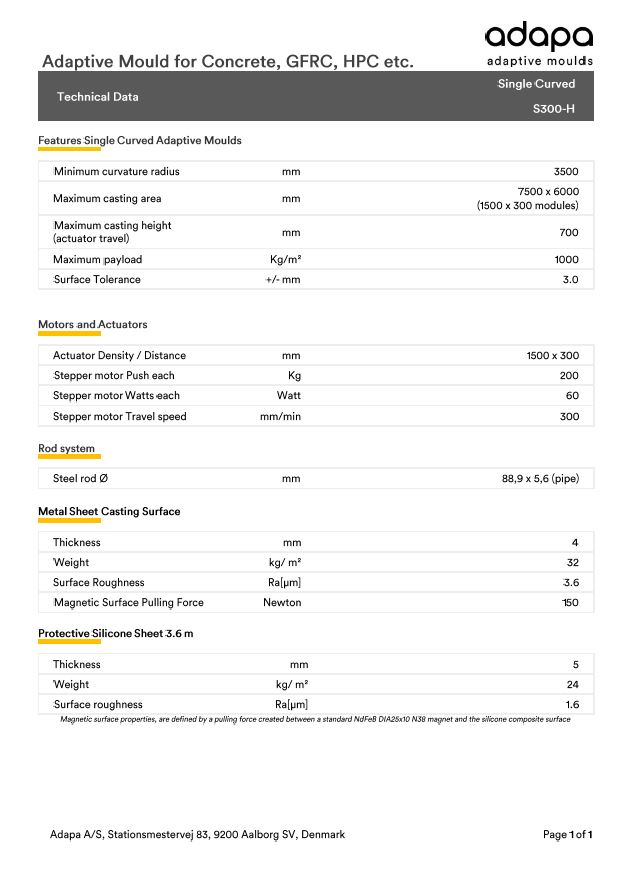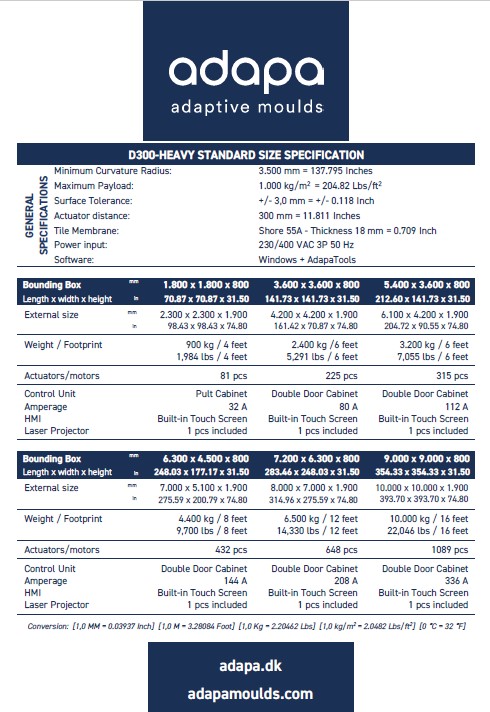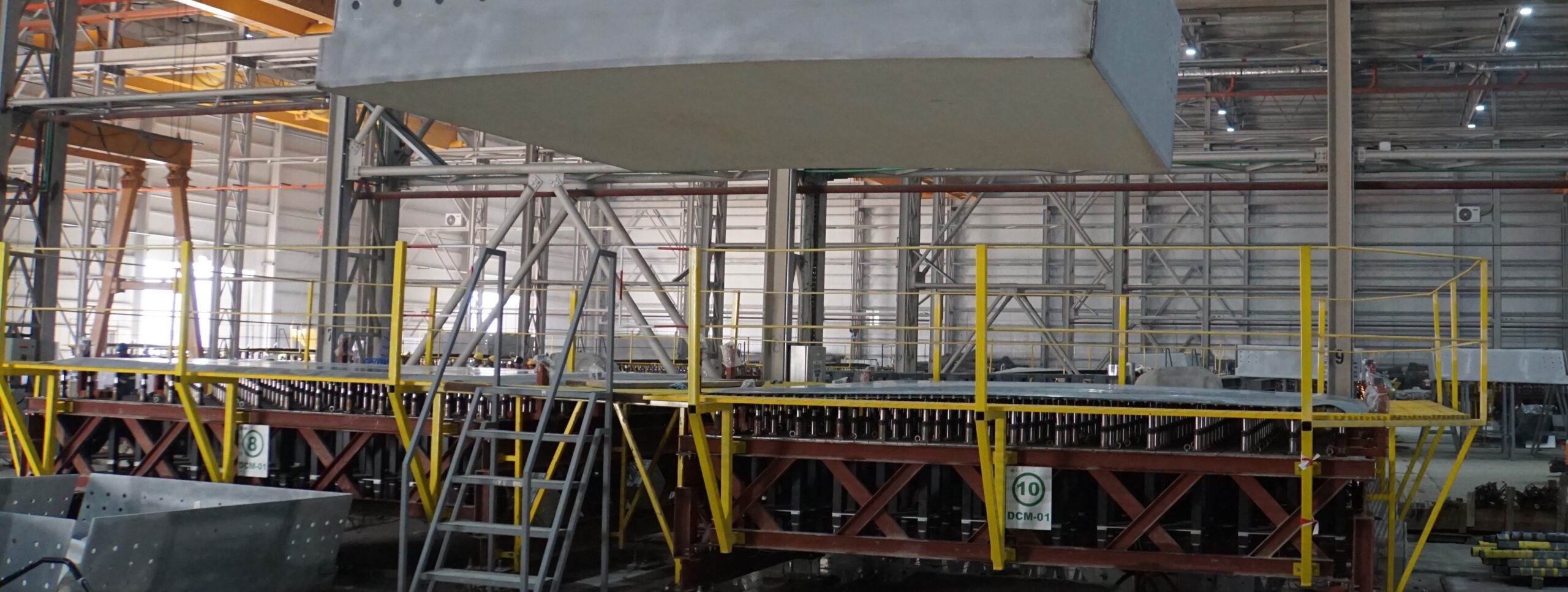
Concrete
The Adaptive Mould for Precast Concrete, HPC, GFRC and GRG enables manufacturing companies to produce low-repetition curved panels faster, affordably and more sustainably than alternative techniques.
There is a rise in demand for curved and organic architecture, Concrete materials plays an important role across all sorts of constructions, and with an increasing awareness on flexible designs and decrease of environmental impact.
Concrete products hold unique flexible design capabilities and are in principle only limited by the boundaries of concrete mould.
Compared to the concrete value, one-off concrete moulds are quite expensive and mostly the re-use of moulds limit the architectural freedom.
The increase in demand for curved architecture demands for re-configurable technologies, that offer both the ability to create free-form architecture and be re-used to lower cost.
Adapa cooperate with experts from the field of concrete, to assist architects, advisors and fabricators in creating uniquely curved panels.
Reference Projects
Clients
Fast
One mould can take multiple shapes, and it can do so within minutes. This means that you have:
Affordable
The Adaptive Mould eliminates the need for manufacturing unique tooling for every panel and because of this you have:
Sustainable
The Adaptive Mould significantly reduces your potential waste of disposable moulds, which means that you have:
There are three different adaptive mould types that can be used for curved concrete manufacture:
Technical Data for Single and Double Curved Adaptive Mould Types for Precast Concrete, HPC and GFRC
Main Technical Features
S300-H
D300-H
D300
Minimum curvature radius
mm
3500
3500
1800
Maximum casting area
mm
7500 x 6000
9000 x 9000
5400 x 3600
Maximum payload
Kg/m²
1000
1000
225
There are more advantages that can be achieved:
Multi Stage Forming
The flexible properties of the Adaptive Mould allow for multi-stage forming, including a process such as the following:
High precision
The Adapa Tools software eliminates the need for manual measuring and support you to benefit from the advantage of:
Collaborative Technologies
The Adaptive Mould is designed to handle surface temperatures up to 140o C and collaborate with several technologies:


